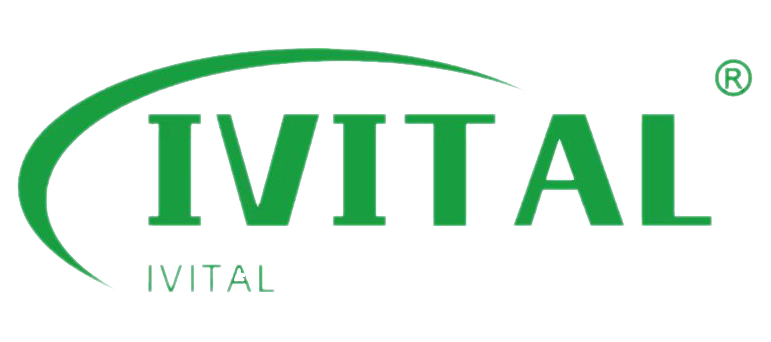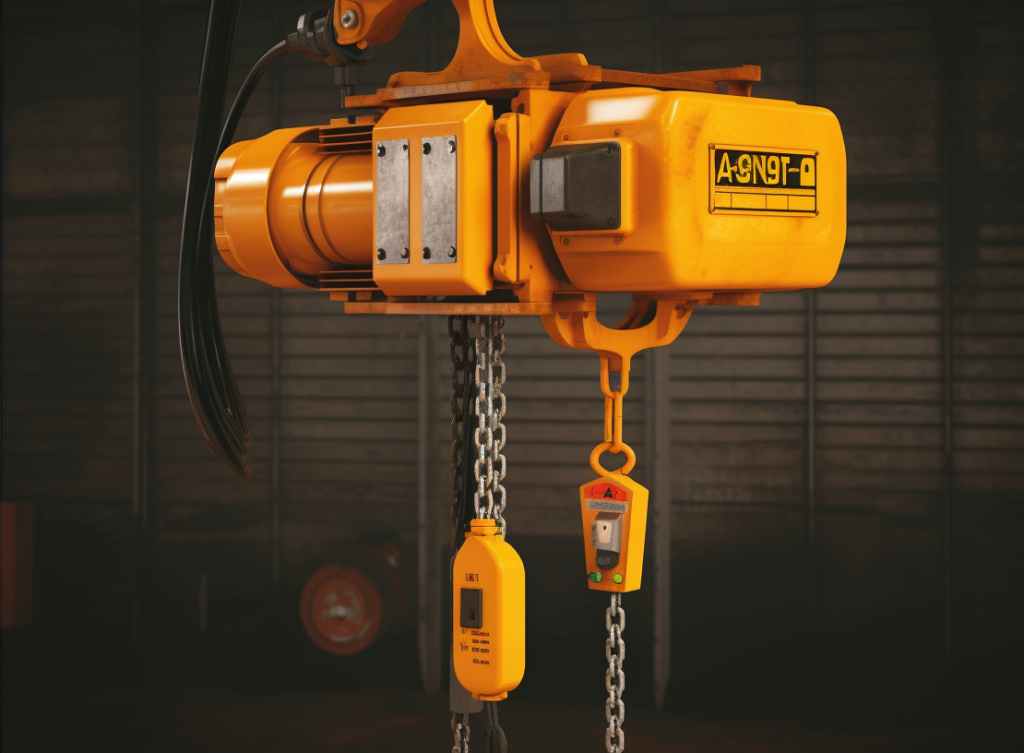In manufacturing environments, efficiency is key, and having the right tools can make all the difference. Electric chain hoists offer unmatched versatility and power for lifting heavy machinery and components. By upgrading to an electric hoist, manufacturing plants can streamline operations, reduce downtime, and improve overall productivity.
Electric Chain Hoists: The Ultimate Solution for Heavy Lifting
Electric chain hoists are crucial in manufacturing settings for their ability to lift heavy loads with precision and efficiency. These hoists provide higher lifting speeds, greater load capacity, and advanced safety features like overload protection and limit switches. Ideal for continuous operation, they minimize downtime and improve productivity. When compared to manual or pneumatic hoists, electric hoists are particularly beneficial for repetitive, heavy-duty lifting tasks in industrial environments.
Switching to an electric hoist can revolutionize your plant’s operations. But with so many options available, it’s essential to choose the right one for your specific lifting needs.
Which is the Best Hoist Manufacturer?
Choosing the right electric chain hoist is crucial in manufacturing environments. They not only boost production efficiency but also enhance safety, reducing equipment downtime and failures. Wondering which brands are the most reliable?
Electric chain hoists are key to improving production efficiency and safety. Brands like CM, IVITALRIGGING, and Harrington are highly praised for their durability, innovative designs, and high performance.
Selecting the right hoist isn’t just about buying equipment. Each brand offers unique features, and understanding these differences will help you make an informed decision, ensuring a long-term return on investment.
What Are the Three Types of Chain Hoists?
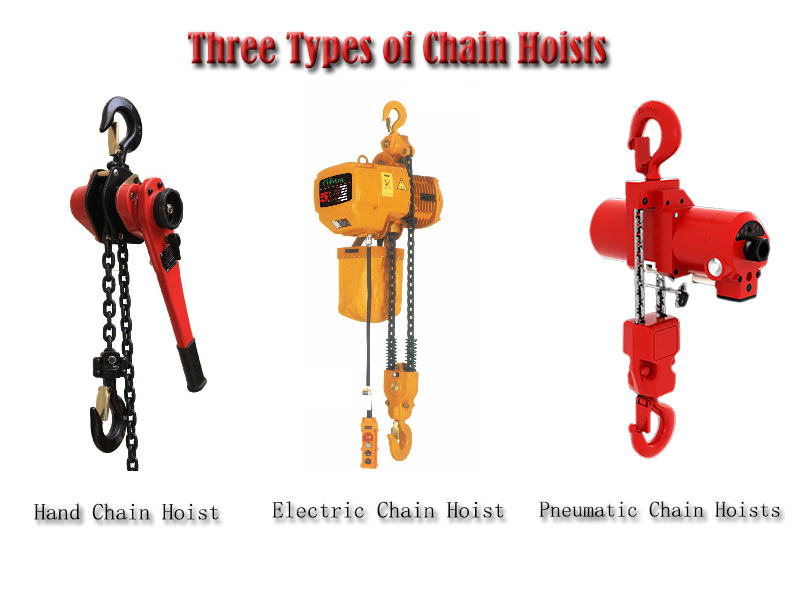
Choosing the right type of chain hoist is essential for efficiency and safety in industrial settings. Are you aware of the three main types of hoists that could transform your lifting tasks?
The three main types of chain hoists are manual, electric, and pneumatic. Each offers unique benefits for different lifting tasks, from manual handling to high-capacity industrial applications.
Understanding these types of hoists will help you choose the best option for your specific needs. Whether you’re looking for portability, speed, or heavy-duty performance, there’s a hoist designed for every task.
What is the Use of Electric Chain Hoists?
Electric chain hoists are transforming industries by providing efficient, safe lifting solutions. But what exactly are they used for, and how can they benefit your operations?
Electric chain hoists are used in industries like manufacturing, construction, warehousing, shipbuilding, and entertainment to lift heavy loads efficiently. They automate lifting, increasing speed and safety while reducing manual effort.
From construction to entertainment, electric chain hoists are revolutionizing how industries handle heavy lifting tasks. Their versatility allows you to improve productivity and maintain a safer work environment with minimal effort.
What is the Difference Between Electric Winch and Electric Hoist?
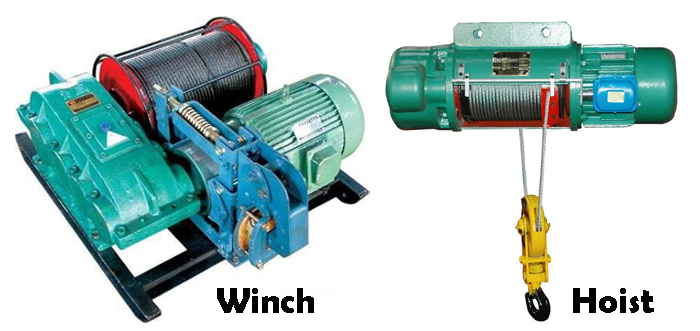
Electric winches and electric hoists are essential tools for lifting and moving heavy loads, but they serve different purposes. Understanding the key differences between the two can help you choose the right equipment for your specific needs. But what exactly sets them apart?
Electric winches are designed for horizontal pulling or dragging of loads, while electric hoists are specialized for vertical lifting. Winches use cables, and hoists typically use chains. Each is optimized for specific tasks, with winches ideal for moving loads over flat surfaces and hoists better for lifting heavy objects vertically.
Whether you’re pulling a vehicle or lifting heavy construction materials, choosing the right tool can make all the difference. Understanding these differences ensures you select the right equipment for the job, improving safety and efficiency across various industries.
Best Electric Chain Hoist for Manufacturing Plants
Electric chain hoists are indispensable tools for manufacturing plants, enabling efficient lifting and material handling in industrial environments. With so many options available, selecting the best electric chain hoist depends on your specific needs, including load capacity, lifting speed, and safety features. So, which electric chain hoist is best for your plant?
When selecting the best electric chain hoist for manufacturing plants, several models stand out. Carlstahl Craftsman hoists offer reliable performance with capacities up to 5000 kg and are ideal for various industrial sectors. Demag hoists are known for their robust safety features and high productivity, while Konecranes provides flexibility for demanding workstations. For heavy-duty lifting, LOADMATE hoists are highly effective with capacities reaching 50 tonnes.
Whether you need a reliable hoist for everyday operations or one capable of lifting heavy loads, understanding the features and applications of different models helps ensure you choose the right one for your manufacturing needs.
Small Electric Chain Hoist for Manufacturing
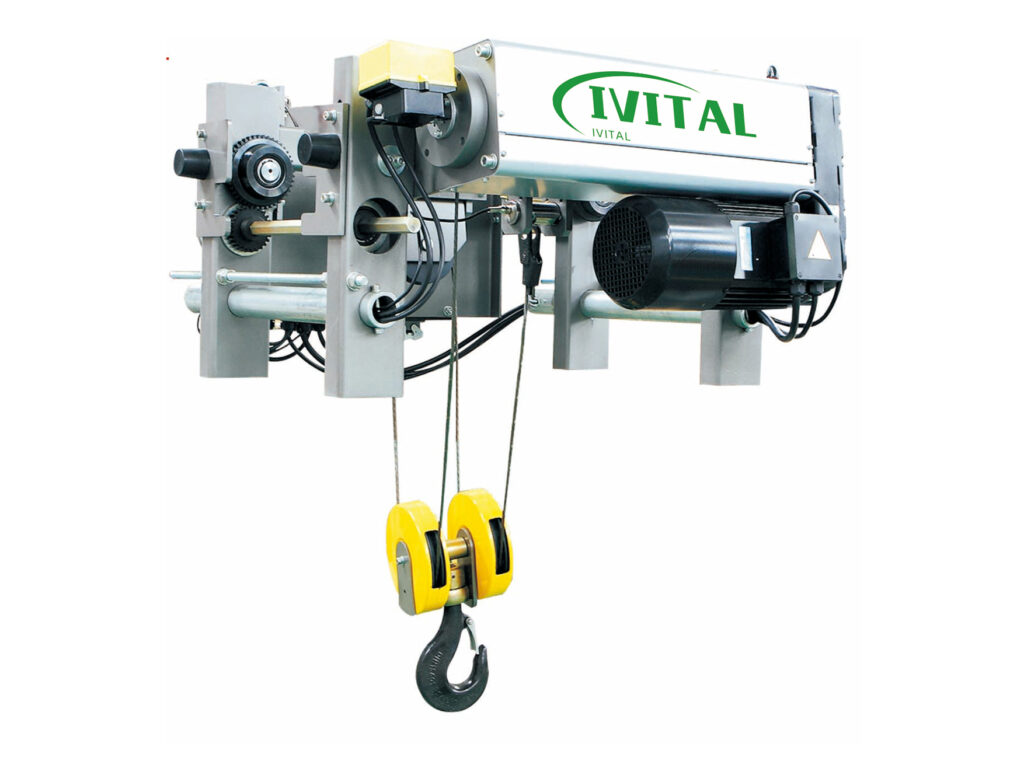
When looking for a small electric chain hoist suitable for manufacturing applications, several models stand out due to their compact design, load capacity, and reliability. These hoists are ideal for environments with limited space and lighter lifting requirements. Here are some top options to consider:
For small electric chain hoists in manufacturing, the IVITAL Mini Electric Chain Hoist offers capacities of 250 kg, 500 kg, and 1000 kg, ideal for light industrial tasks. Harrington’s EM Mini Hoist, with a capacity of 1/2 ton, is durable and features various voltage options. Delta Hoist and Elephant Beta Hoist models provide excellent solutions for heavier or space-constrained environments.
Choosing the right small electric chain hoist depends on the lifting capacity, environmental conditions, and specific application needs. Whether for light-duty tasks or heavier lifts, understanding these options will help ensure efficient material handling in your manufacturing facility.
Electric Chain Hoist Load Capacities: 1 Ton vs 2 Ton vs 3 Ton
1. 1 Ton Electric Chain Hoist
- Load Capacity: Up to 1 ton (1,000 kg)
- Typical Models: CM Lodestar, Harrington EM
- Lifting Speed: 8 to 16 meters per minute (m/min)
- Applications:
- Light Industrial Tasks: Ideal for assembly lines, maintenance work, and small-scale manufacturing.
- Lifting Machinery Parts: Suitable for handling tools, lighter materials, and smaller machinery components.
- Advantages:
- Compact Design: Fits well in tight spaces, making it versatile for various setups.
- Cost-Effective: Generally more affordable than higher-capacity models.
- Ease of Use: Lightweight and easier to install and operate.
2. 2 Ton Electric Chain Hoist
- Load Capacity: Up to 2 tons (2,000 kg)
- Typical Models: Delta Electric Chain Hoist, Konecranes CLX
- Lifting Speed: 4 to 10 m/min
- Applications:
- Medium-Duty Operations: Common in automotive assembly, warehouse logistics, and construction sites.
- Heavier Machinery: Capable of lifting more substantial machinery and bulk materials.
- Advantages:
- Versatility: Handles a broader range of loads compared to the 1-ton model.
- Enhanced Safety Features: Includes overload protection and dual-speed options for better control.
- Durability: Built to withstand more demanding environments and frequent use.
3. 3 Ton Electric Chain Hoist
- Load Capacity: Up to 3 tons (3,000 kg)
- Typical Models: REMA LK Series, Demag DBC Chain Hoists
- Lifting Speed: 3 to 8 m/min
- Applications:
- Heavy-Duty Lifting: Essential for manufacturing plants, shipping yards, and large construction projects.
- Large Components: Ideal for moving heavy equipment, large machinery parts, and substantial materials.
- Advantages:
- High Load Capacity: Capable of handling substantial weights safely and efficiently.
- Advanced Features: Often equipped with variable speed controls, robust braking systems, and enhanced safety mechanisms.
- Industrial-Grade Durability: Designed to endure rigorous use in demanding industrial settings.
Comparison Summary
| Feature | 1 Ton Electric Chain Hoist | 2 Ton Electric Chain Hoist | 3 Ton Electric Chain Hoist |
|---|---|---|---|
| Load Capacity | Up to 1,000 kg | Up to 2,000 kg | Up to 3,000 kg |
| Lifting Speed | 8 – 16 m/min | 4 – 10 m/min | 3 – 8 m/min |
| Typical Applications | Light industrial tasks | Medium-duty applications | Heavy-duty lifting tasks |
| Advantages | Compact, cost-effective | Versatile, enhanced safety | High capacity, industrial durability |
Choosing the Right Electric Chain Hoist
Selecting the appropriate electric chain hoist capacity depends on several factors:
- Nature of the Load:
- Weight: Assess the maximum weight you need to lift regularly.
- Dimensions: Consider the size and shape of the load to ensure compatibility with the hoist.
- Operational Environment:
- Space Constraints: A compact hoist may be necessary for confined spaces.
- Frequency of Use: Higher capacity hoists are built for frequent and heavy-duty use.
- Safety Requirements:
- Safety Features: Look for hoists with overload protection, emergency stop functions, and secure braking systems.
- Compliance: Ensure the hoist meets relevant industry safety standards and regulations.
- Budget Considerations:
- Initial Cost vs. Longevity: While higher capacity hoists are more expensive upfront, they may offer better durability and long-term value.
- Maintenance Costs: Factor in the costs associated with regular maintenance and potential repairs.
Conclusion
Electric chain hoists are indispensable tools in various industrial settings, offering efficient and safe lifting solutions. Here’s a quick guide to help you decide:
- 1 Ton Hoist: Best for light to moderate tasks, offering affordability and ease of use.
- 2 Ton Hoist: Provides a balance between capacity and versatility, suitable for medium-duty applications.
- 3 Ton Hoist: Essential for heavy-duty lifting, delivering robust performance and advanced safety features.
By carefully evaluating your specific needs and the operational demands of your environment, you can select the electric chain hoist that best aligns with your requirements, ensuring both efficiency and safety in your lifting operations.
References
Electric Chain Hoist Comparison Chart – Global Industrial
The Difference Between Manual And Electric Chain Hoists
Chapter 3 Electric Chain Hoist.pdf – REMA
Summary
Incorporating an electric chain hoist into your manufacturing operations can significantly enhance lifting capacity, safety, and efficiency. By choosing the right hoist, your plant can experience improved productivity and reduced downtime. Always consider your plant’s specific needs to ensure optimal performance.
